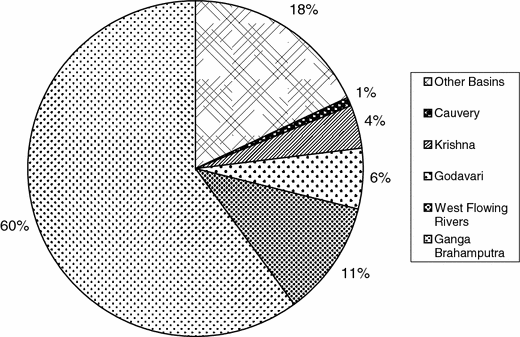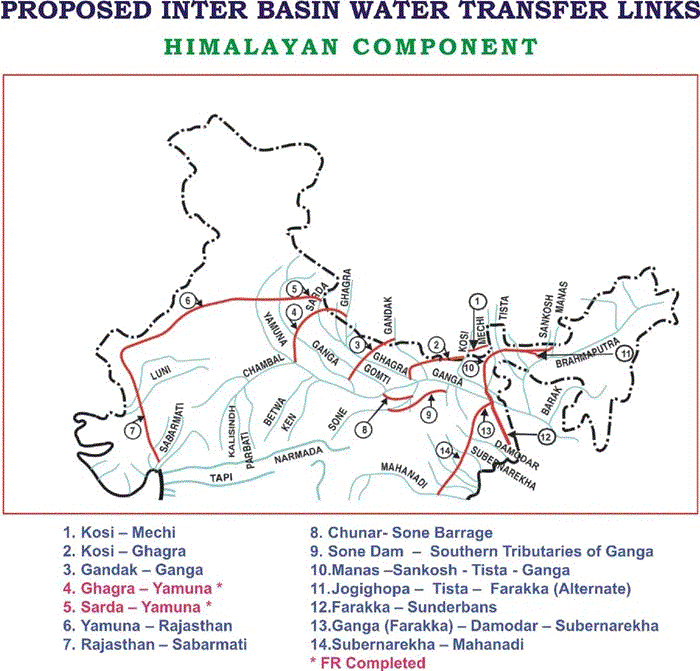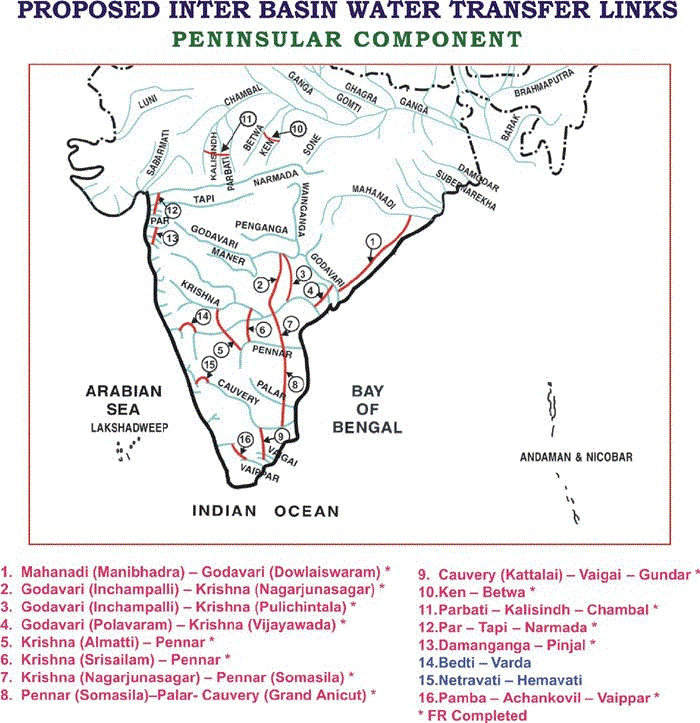
Fig. 1 Large variation in the availability of water in rivers of India (after, Patel 2004)
〔Misra,A.K., Saxena,A., Yaduvanshi,M., Mishra,A., Bhadauriya,Y. and Thakur,A.(2007): Proposed river-linking project of India: a boon or bane to nature. Environ. Geol., 51, 1361-1376.から〕

